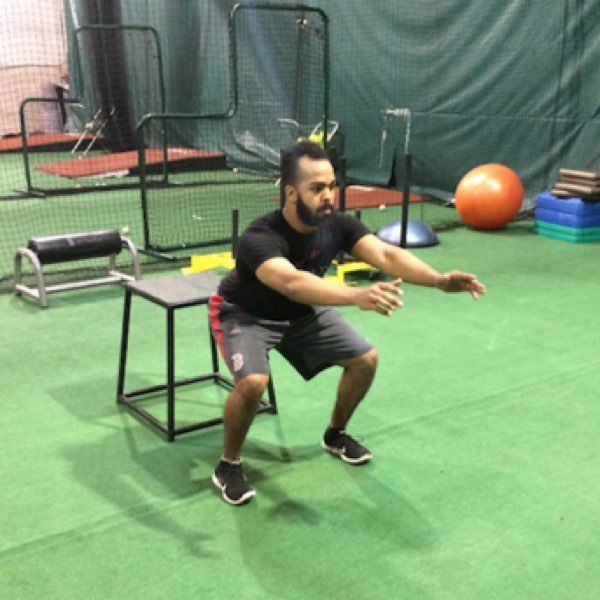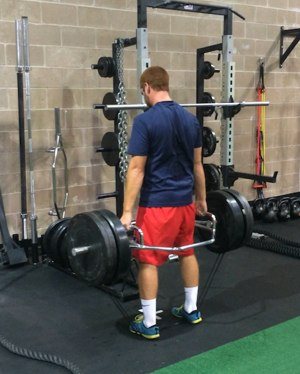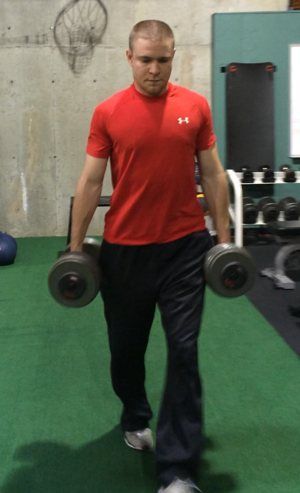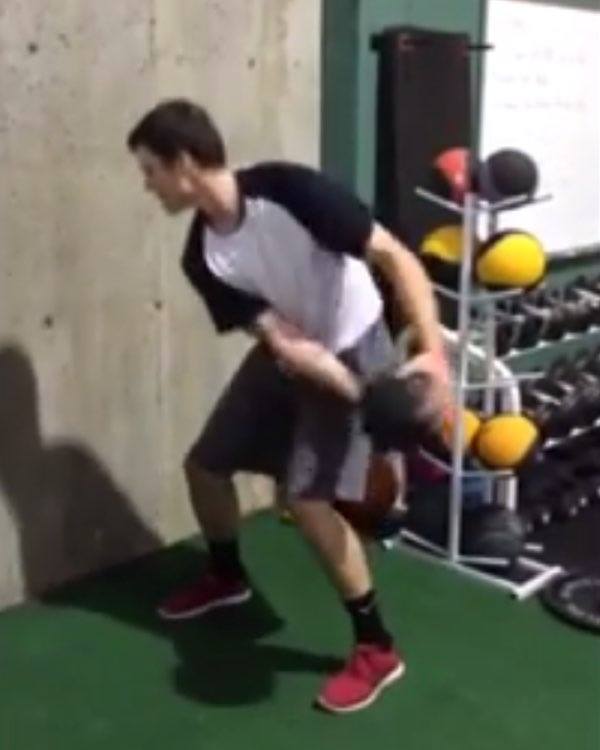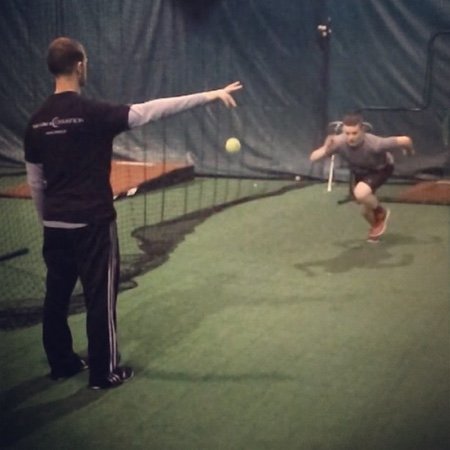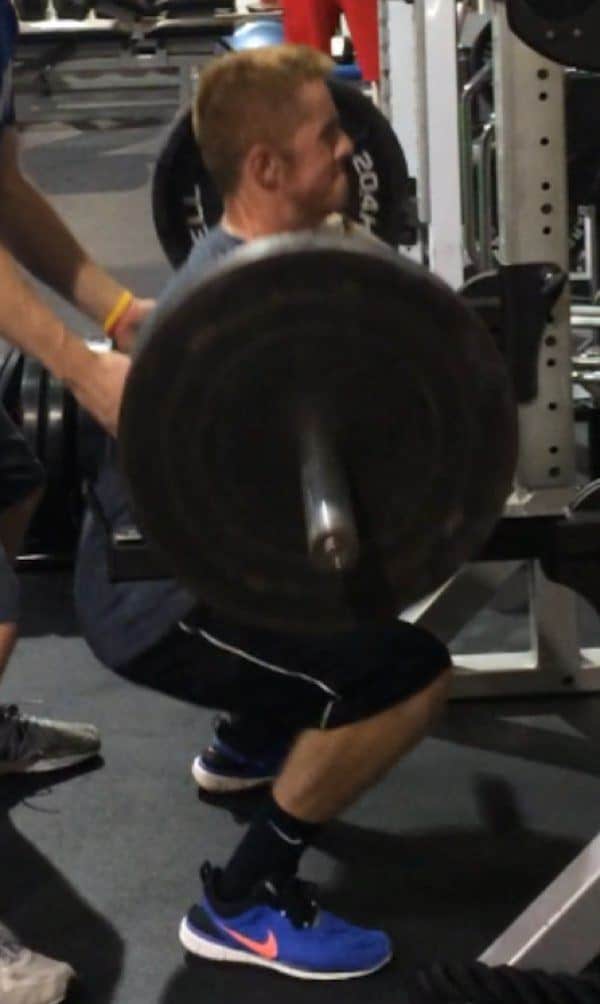3 Rules to Follow When Implementing a Plyometric and Speed Training Program
A recent research report in the Journal or Strength and Conditioning Research has shown that a combination of plyometric and speed training has been proven to improve jumping, sprinting, and agility performance. Incorporating these training techniques into your strength and condition program will have a beneficial impact on explosive actions in sport, such as sprinting, jumping, and change of direction.
While an increase in performance is reason enough to incorporate jump and sprint skill training, we also feel at Champion that learning proper technique can reduce injuries. In athletics, sprinting and jumping puts a lot of stress on muscles and joints. In order to increase performance and safety, an athlete must learn proper mechanics, and then build on them.
Here are the three rules we follow at Champion when implementing a proper plyometric and speed training program.
Focus on Mechanics
First, focus on mechanics. According to the previously mentioned research report, it is recommended to start with a general adaption phase to ensure proper movement technique and safety. This is because many athletes do not truly understand proper mechanics. Incorrect mechanics can lead to excess stress on joints and overcompensations when absorbing and producing force.
An initial adaption phase should last at-least two weeks, and often more depending on the age and skill of the athlete. During this phase a coach should teach jumping, landing, sprinting, and change of direction mechanics. Jumping and landing mechanics should focus on absorbing force correctly with a soft and solid landing, as well as a good arm drive when jumping. Sprinting and change of direction mechanics should focus on foot, knee, and arm angle, as well as weight distribution when changing direction.
Increase Volume Over Time
One mistake we often see in program design involves the amount of volume of these techniques. The amount of sprinting and jumping drills included in your program is key. When working on increasing force output, less is more. Volume should always be low when performing explosive exercises.
After an initial adaption phase, athletes are ready for increased resistance and volume.
Resisted plyometric and sprinting training can be introduced in a periodized fashion. This means that the volume or amount of work done should be increased over-time. Remember, if you are going to increase the difficulty of an exercise or drill, you should consider the need for a new adaption. Like the initial adaption phase, a new stimulus must be learned and built upon.
Each drill or exercise should be practiced for at-least four weeks. It takes the central nervous system time to adapt to a new training stimulus and really get good benefits.
Decrease Load Prior to Competition
Lastly, a decrease in volume or “de-load” phase must be introduced before competition. The body needs time to rest before going through a season. But, don’t completely drop training. Strength and power must be maintained throughout the season.
This can be done by continuing a strength, plyometric and speed program but at a bare minimum. The focus should be on form and technique, not on loading. Stay sharp with perfect mechanics and keep the explosive power you have build during the program.
For example, if an athlete has built up to a specific height for a box jump, or used a specific weight on a sled for sled runs, try to maintain this over the course of the season. At-least three sets once a week will help maintain explosive power. Remember to not over do it.
Incorporating plyometric and speed training techniques into your strength and conditioning program can enhance your explosive skills and overall athletic performance, keep these 3 rules in mind when designing your programs to assure proper implementation.

